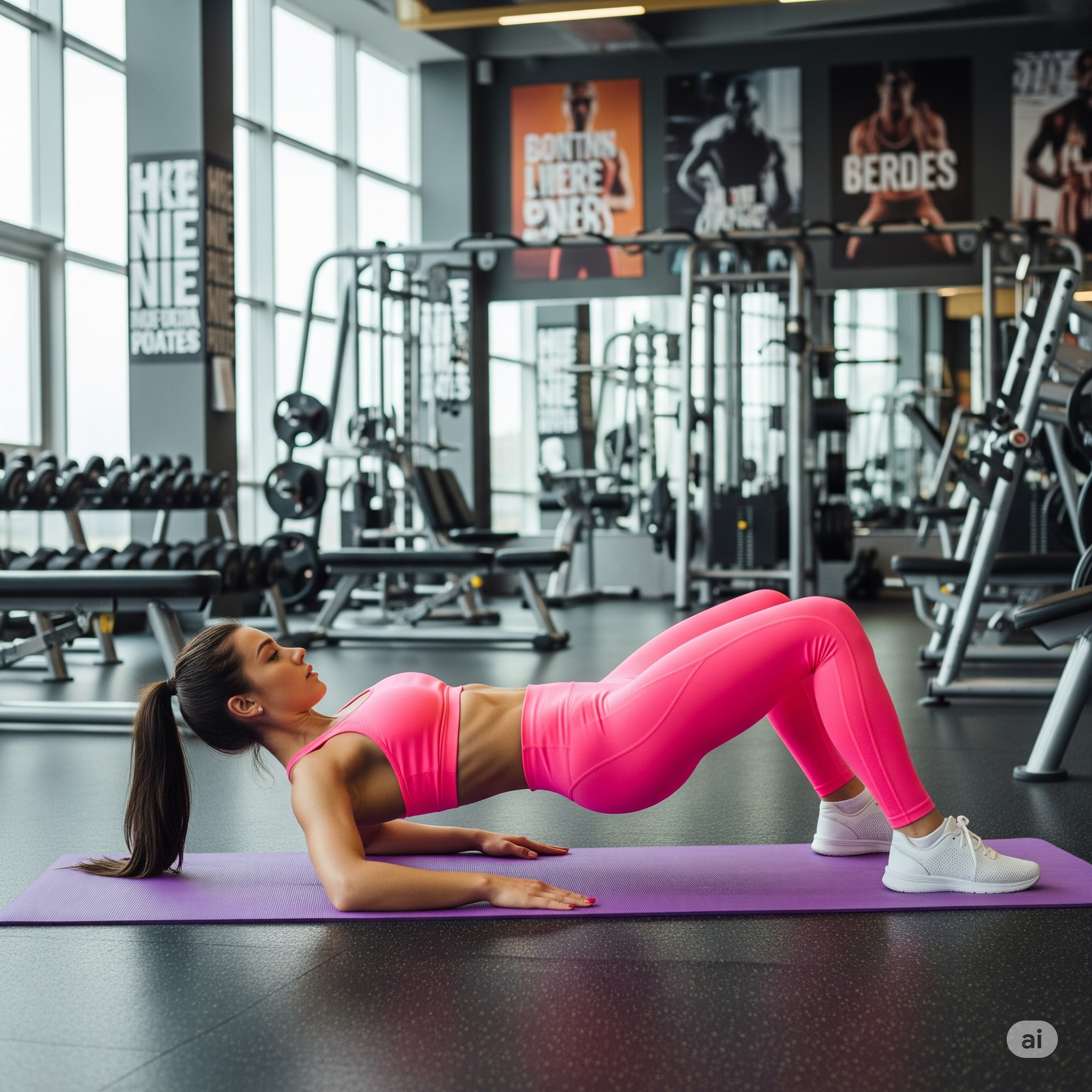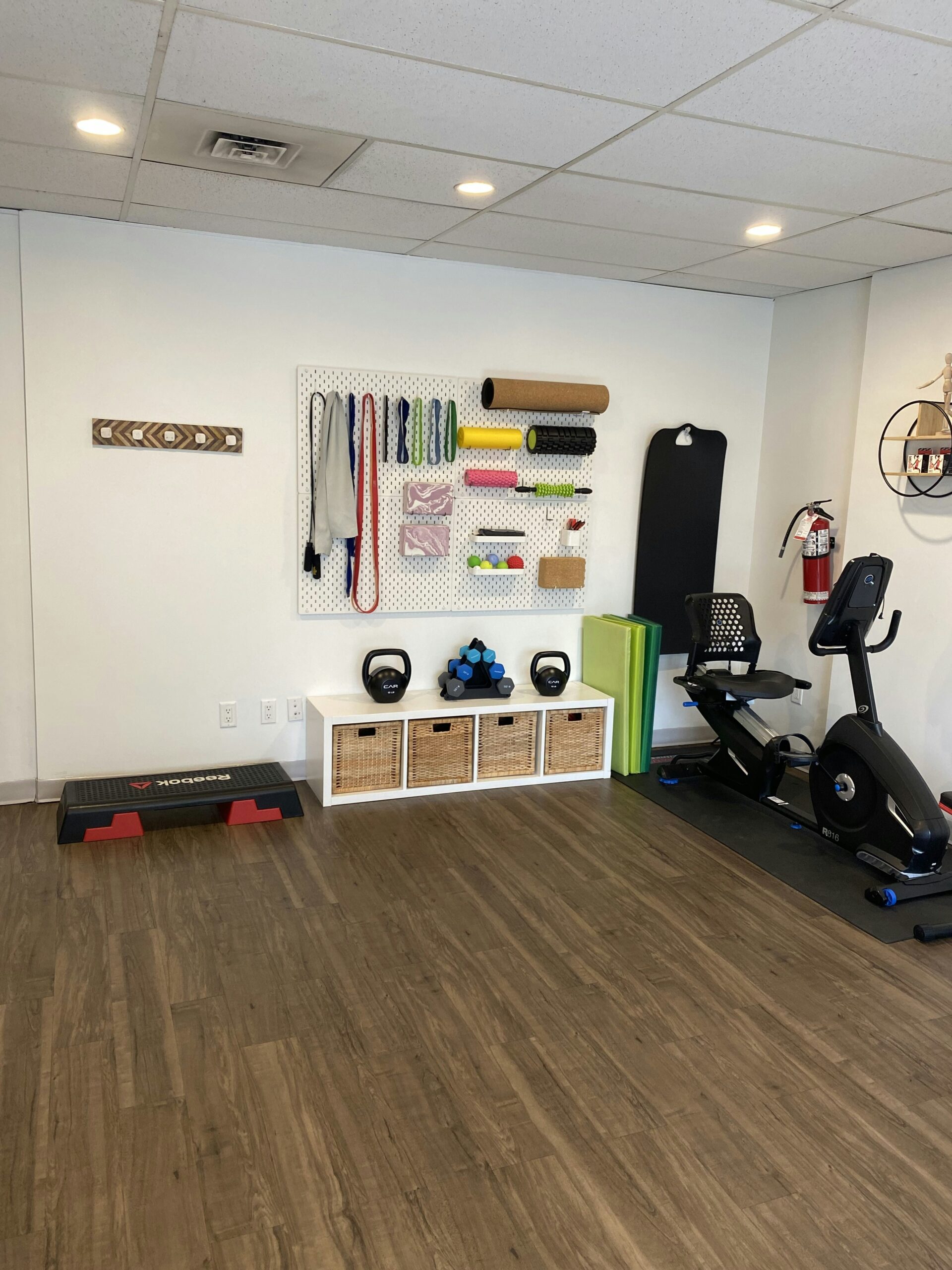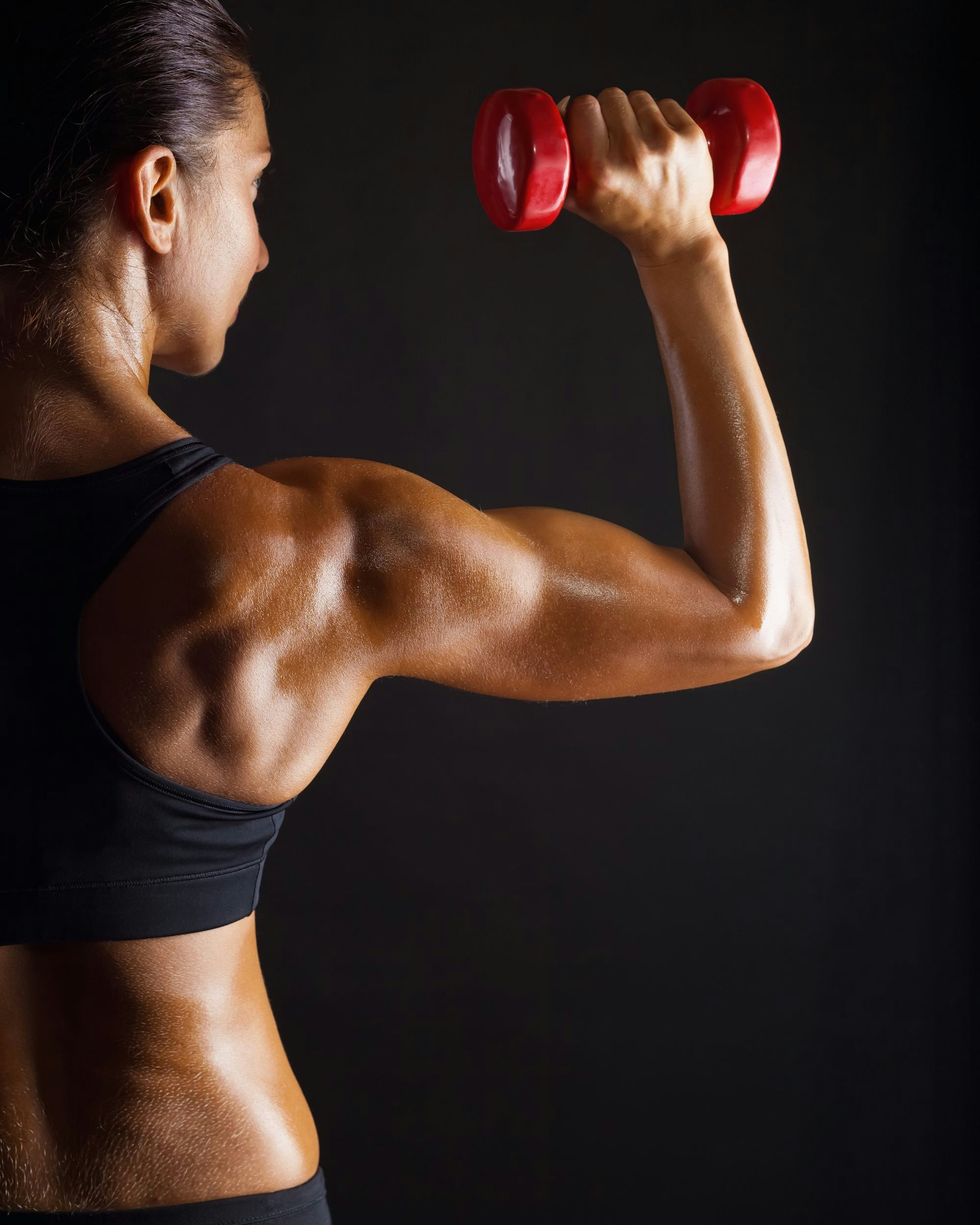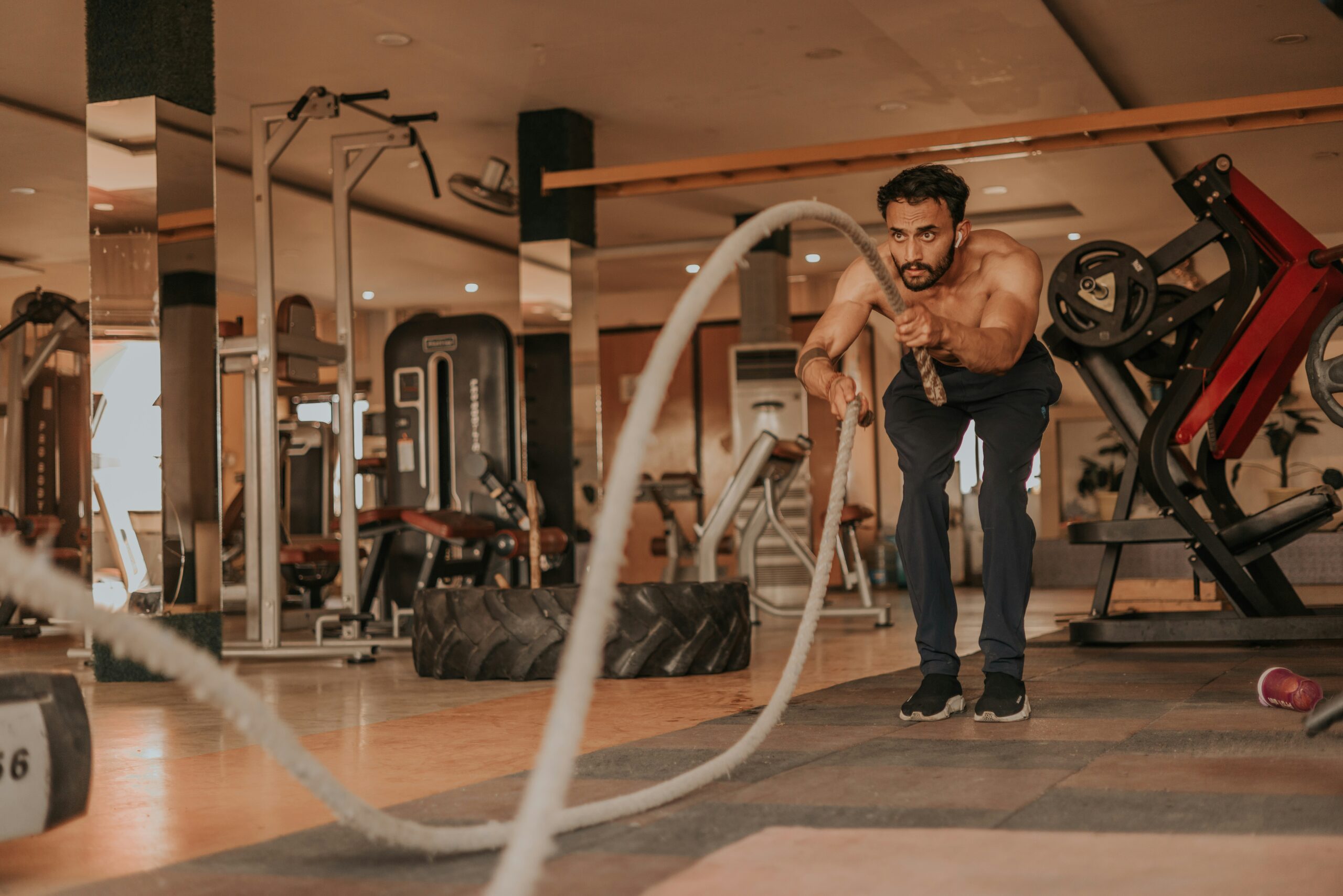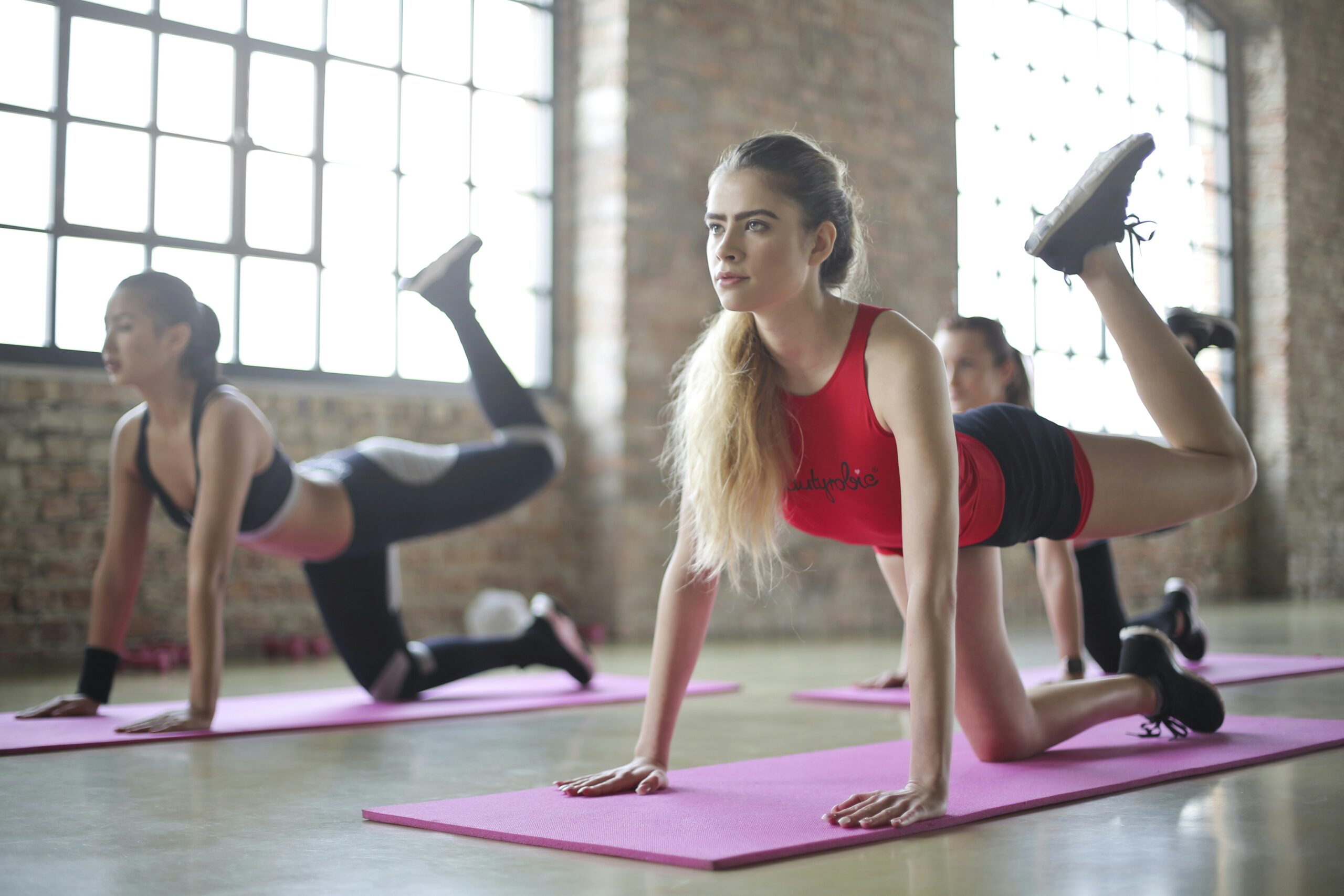Understanding the Importance of Strong Glutes
The gluteal muscles, often simply referred to as the glutes, play a crucial role in the body’s overall strength and stability. Comprising three primary muscles—the gluteus maximus, gluteus medius, and gluteus minimus—these muscles are not only responsible for the aesthetics of the posterior but also for facilitating essential bodily functions. Strong glutes significantly contribute to overall body strength, improving performance across various physical activities, from running to lifting. By effectively supporting the pelvis and aligning the spine, strong glutes promote better posture, which can result in reduced back pain and a more optimized athletic performance.
Moreover, the importance of glute strength extends beyond mere aesthetics; it is intrinsic to injury prevention. Weak gluteal muscles can lead to compensatory movements in other muscle groups, increasing the likelihood of strains and injuries in areas such as the knees and lower back. When the glutes are strong, they stabilize the hips and pelvis, thus reducing the risk of injuries during movements that require agility and strength. This stabilization is particularly vital in sports and high-intensity activities where explosive strength and control are paramount.
In everyday life, strong glutes enhance functional movements. Whether it’s climbing stairs, squatting to pick up heavy objects, or maintaining a balanced stance while walking, the glutes are essential players. They allow for powerful movements that engage multiple muscle groups, demonstrating their importance in functional fitness. Therefore, focusing on glute health is not just beneficial for fitness enthusiasts striving for a sculpted butt; it is essential for anyone seeking to live a healthy, active lifestyle. By prioritizing glute strength through targeted exercises, individuals can improve their overall physical health, function more efficiently in daily tasks, and enhance their athletic performance.
Best Exercises to Activate Your Glutes
Activating your glutes is crucial for achieving a well-rounded fitness routine. The gluteal muscles, comprising the gluteus maximus, medius, and minimus, play a pivotal role in hip mobility and lower body strength. Below are some of the most effective exercises designed specifically to target these muscles.
Squats are a foundational exercise that effectively engages the glutes. To perform a squat, stand with your feet shoulder-width apart, lower your body by bending your knees and pushing your hips back, as if you are sitting in a chair. Ensure that your weight is distributed evenly through your heels to keep your form correct. For a more intense workout, you can add weights or try variations like sumo squats.
Lunges also activate the glutes while improving balance and coordination. You can perform a standard lunge by stepping forward with one leg and lowering your hips until both knees are bent at approximately 90 degrees. For those seeking a challenge, consider incorporating reverse lunges or walking lunges into your regimen. Make sure to keep your torso upright and your front knee aligned with your ankle to prevent injury.
Hip thrusts are primarily aimed at isolating the glute muscles. Sit on the ground with your upper back against a bench and roll a barbell over your hips. Drive through your heels to lift your hips until your body forms a straight line from your shoulders to your knees. This exercise can be modified by adjusting the weight or using body weight for beginners. Proper form is essential to maximize glute engagement and minimize strain on the lower back.
Deadlifts engage the entire posterior chain, including the glutes. When performing a deadlift, keep your feet hip-width apart and hinge at the hips while maintaining a flat back. Lift the weight by driving your legs into the ground and engaging your glutes as you rise. Variations, such as sumo deadlifts or Romanian deadlifts, can also be employed to further bolster glute activation.
Always prioritize proper form regardless of the exercise and consider modifications to suit your fitness level. Incorporating these movements into your workout routine will effectively activate and strengthen your glutes, helping you achieve your fitness goals safely and efficiently.
Creating a Glute-Focused Workout Routine
Incorporating glute exercises into your regular workout routine is an essential step towards sculpting and strengthening your buttocks effectively. A well-structured program not only enhances muscle engagement but also promotes overall athletic performance and improves posture. To create a balanced training regimen, it is advisable to train your glutes at least twice a week, allowing for recovery periods between sessions to optimize muscle growth and strength.
When structuring your glute-focused workout, consider a combination of exercises that emphasize both compound and isolation movements. Compound exercises such as squats, deadlifts, and lunges work multiple muscle groups while effectively engaging the glutes. In contrast, isolation movements like glute bridges and kickbacks specifically target the gluteal muscles. Aim for three to four sets of each exercise, with repetitions ranging from 8 to 15, depending on your fitness level and objectives.
To maintain variety and avoid plateaus, alternate your glute workouts with other muscle groups. For instance, you can pair glute exercises with upper body workouts or core strengthening routines on different days. This approach allows for comprehensive training without overloading any one area of the body. Additionally, consider incorporating supersets or circuit training to engage your glutes more intensely while enhancing cardiovascular endurance.
As your strength increases, progressively challenge your glutes by incorporating heavier weights, increasing the number of sets or reps, or introducing advanced variations of basic movements. This progressive overload principle ensures that your muscles continue to develop while preventing stagnation in your results. Sample workout templates might include an ‘A’ workout focused on glute bridges and lunges, and a ‘B’ workout integrating deadlifts and squats. By following these guidelines, you can effectively sculpt and strengthen your glutes over time.
Additional Tips for Maximizing Glute Gains
Building strength and muscle in the gluteal region involves more than just performing the right exercises. A holistic approach that encompasses nutrition, recovery, and proper technique is essential for those looking to sculpt and strengthen their glutes effectively. First and foremost, adequate nutrition plays a pivotal role in muscle development. To maximize glute gains, individuals should ensure they are consuming sufficient protein to support muscle repair and growth. Incorporating a variety of protein sources such as lean meats, legumes, nuts, and dairy can provide the building blocks necessary for glute hypertrophy. Additionally, balancing carbohydrates and healthy fats will offer the energy required for intense training sessions.
Another crucial aspect to consider is recovery. It is vital to allow the glute muscles time to rest and repair after strenuous workouts. Overtraining can lead to burnout and increased risk of injury, thereby impeding muscle growth. Scheduling regular rest days, especially following high-intensity glute workouts, can enhance overall performance and results. Furthermore, integrating stretching and mobility work into one’s routine is paramount. This practice not only aids in recovery but also supports flexibility and overall glute health, enabling more effective workouts.
Moreover, practitioners should be aware of common mistakes when training glutes. Many individuals may focus too heavily on isolating glutes while neglecting other supporting muscle groups, which can lead to imbalances and injury. Ensuring that exercises engage the core and surrounding muscles is vital for a well-rounded approach and preventing potential strain. Additionally, proper form is essential; executing movements incorrectly can diminish exercise efficacy and increase injury risk. By being mindful of these factors, individuals can significantly enhance their glute training outcomes and enjoy a stronger, healthier posterior.
